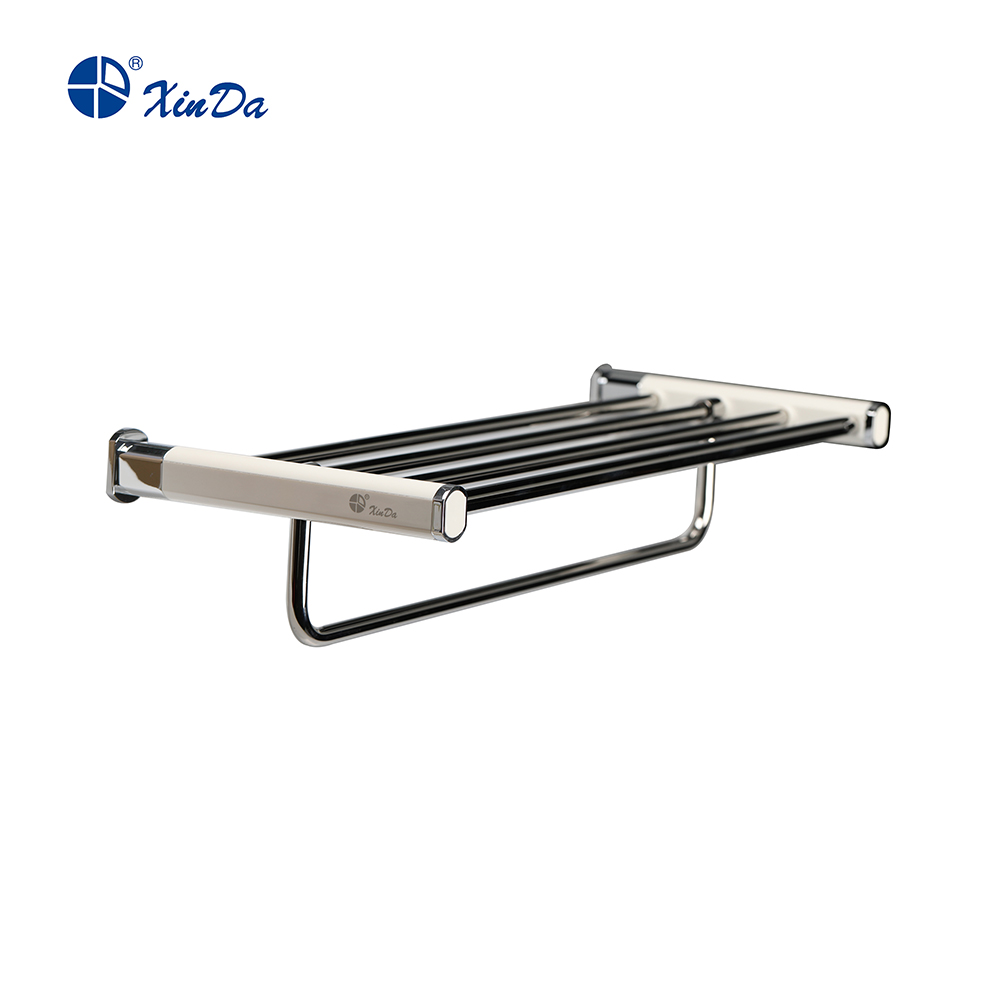EXPERIMENTAL RESULTS Scanning electron microscopy (SEM) observations were performed by scanning electron microscopy of all etched samples (including test rings and test blocks) in an attempt to find typical etched features. As a result, typical galvanic features were found on the 2# test ring and the 5# test block. The recording condition of the 2# test ring is: the applied voltage is 30V, the rotational speed is 1200r/m, and the applied load is 100g; the working condition of the 5# test block is: the applied voltage is 50V, the rotational speed is 1500r/m, and the applied load is 100g. .
For the electric etch pit (×3000) on the 2# test ring, the discretely distributed etch pits can be clearly seen, where the etched density is small and the diameter of the etch pit is small, indicating that the single etched pulse energy is Low; is the electric etch pit diagram on the 5# test block (×250), the electric etch pit is discretely distributed, and the etched density is small. In comparison, the etch pit is larger and deeper, indicating a single eclipse pulse energy. Bigger.
The test ring number and parameter number are the piece of electro-etching pit (×4000) on the 2# test ring. The electric erosion density is large, and it can be clearly seen that the electric corrosion pit is connected into one piece, and the large metal piece next to it falls off; The crack diagram (×3500) in the etch pit on the test block shows that the temperature in the discharge channel is very high during the galvanic discharge, so that the metal next to it is burnt out, which confirms that the discharge channel is a cold plasma with a temperature of about 10000K. body.
The coefficient of friction coefficient and the change of temperature with time curve of the coefficient of friction reflect the whole process of forming and developing from the formation of electrical erosion to other gear failure modes at this voltage level. This has been observed by the above scanning electron microscope. (SEM) observation confirmed; for the temperature versus time curve, since the friction surface contact condition changes continuously during the electric erosion process, the surface contact condition deteriorates with the change of the friction coefficient, so that the temperature is continuously increased.
Conclusion 1) The typical morphological features of electro-erosion were found on some specimens, indicating that the surface of the specimen was electrically etched. At the same time, it showed that the eclipse could be reproduced by simulation test. 2) The applied voltage was 30V when the galvanic corrosion occurred. ~50V, which means that the lubricating oil film has a certain withstand voltage value (breakdown voltage) under a certain instantaneous steady state. Only when the peak value of the applied voltage exceeds the withstand voltage value of the lubricating oil film, electric erosion may occur; 3) electricity The process of eclipse wear is an acceleration process. From the very beginning, after a period of time, when the contact surface quality is seriously damaged or the surface metal loss is excessive, other failure modes will work together to compound failure, which accelerates the wear loss rate. ; 4) Prove the correctness of the electric erosion theory and the feasibility of the electric erosion simulation test method.
Towel Rack,for hanging towels and bath towels, the main place of use is the bathroom. It can also be used for beautiful decoration, such as placing flower pots and stacking sundries. Some fully functional towel racks also have functions such as heating, drying, disinfecting, and inhibiting the growth of bacteria.
The stainless steel towel rack can be sealed with a thin iron tube by smashing its ends into a wooden wedge, and hitting a small eye in the center of the wooden wedge with a nail. Take two angle irons and punch two holes on each side against the wall and one hole on the side not against the wall to connect with the iron pipe. First fix the iron pipe on the angle iron with wood screws, then punch holes in the corresponding positions on the wall, and fix the angle iron on the wall with wooden wedges and wood screws.

Towel Rack Shelf,Stainless Steel Towel Rack,Stainless Steel Towel Holder,Stainless Steel Wall Mounted Towel Rack
Taishan Jie Da Electrical Co., Ltd , https://www.ts-jieda.com